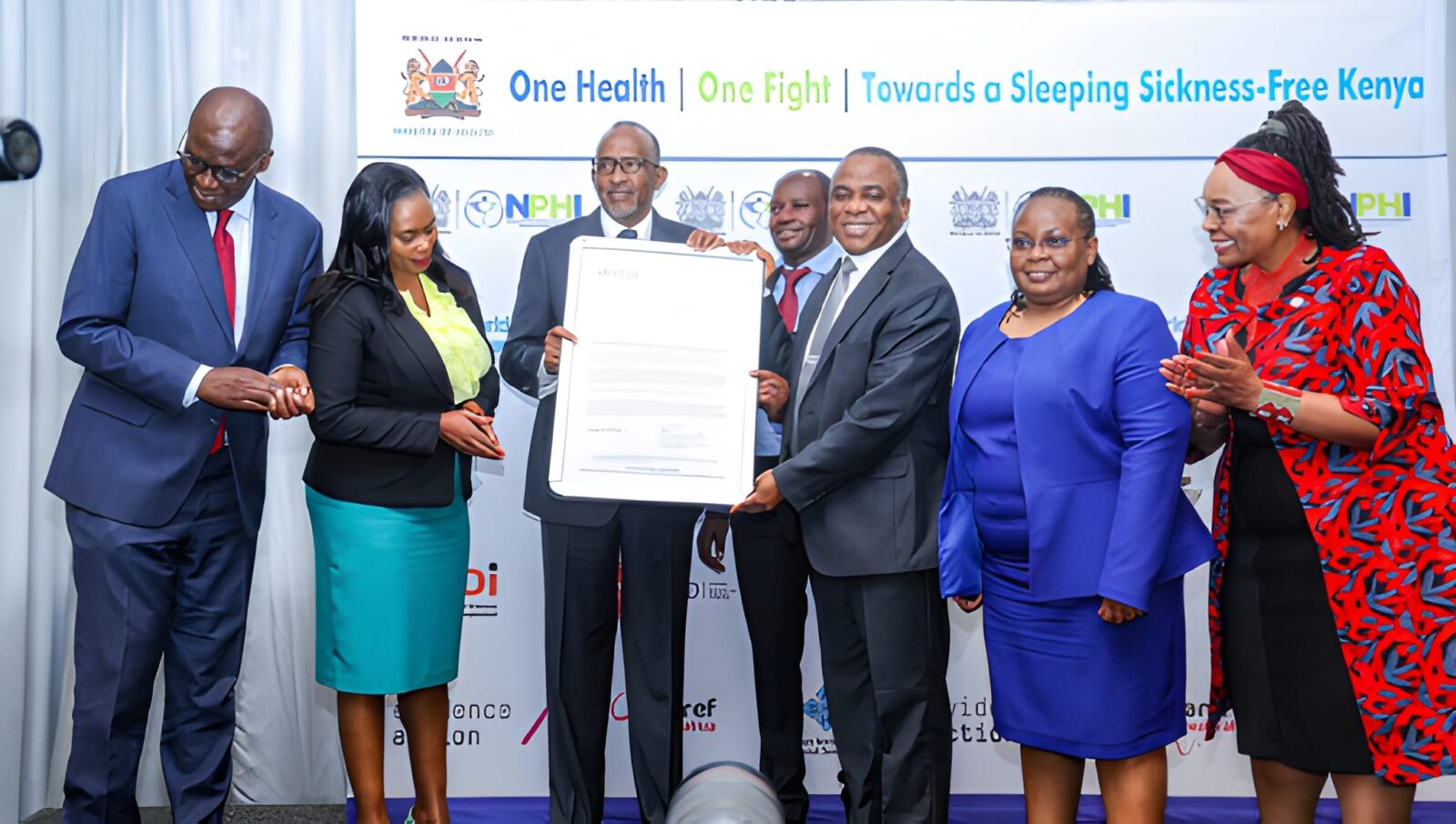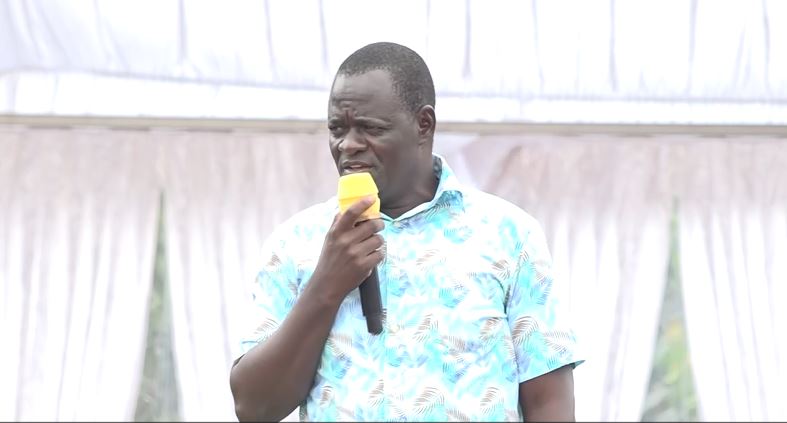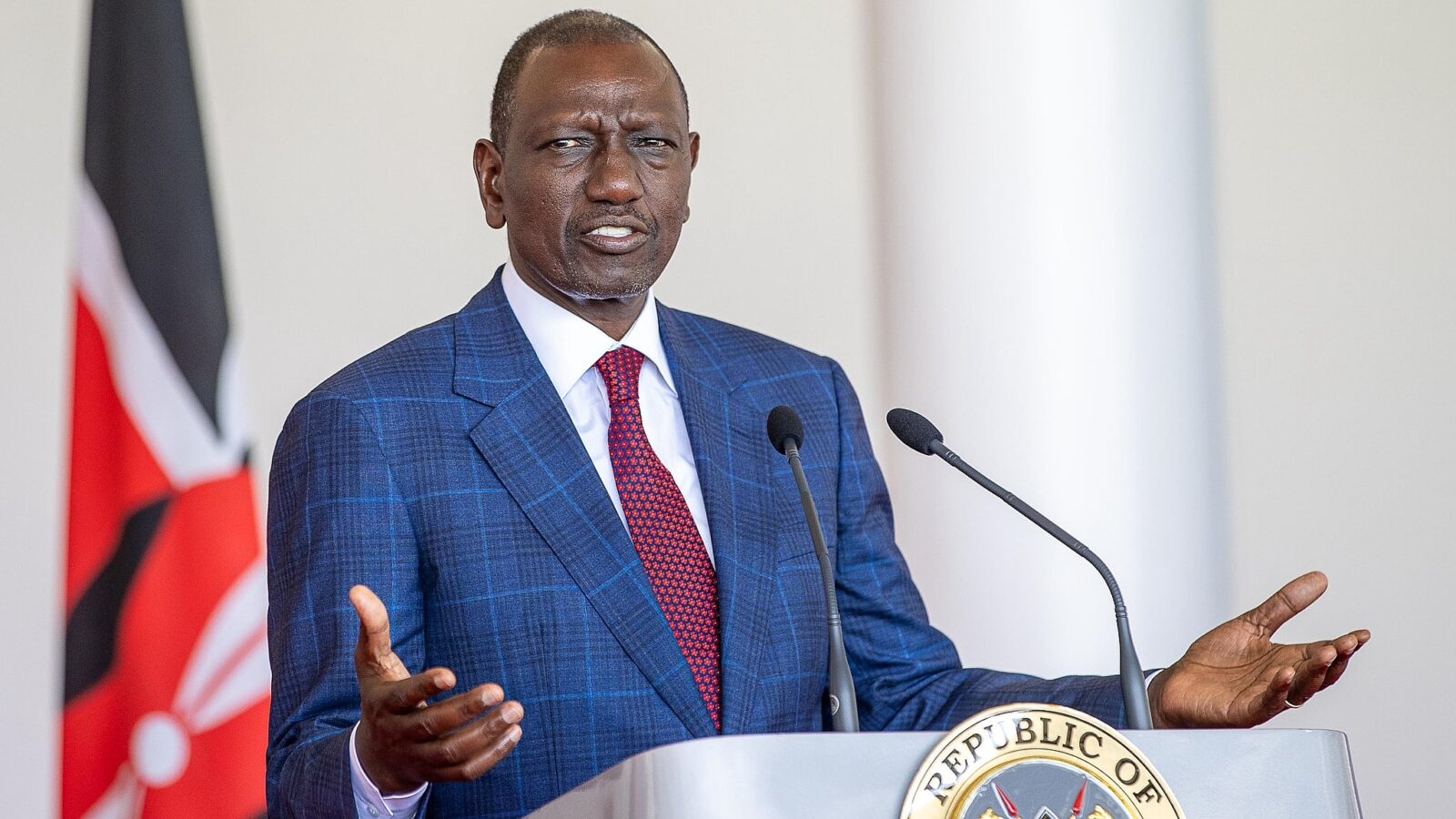The World Health Organization (WHO) has validated Kenya for eliminating Human African Trypanosomiasis (HAT), commonly known as sleeping sickness, as a public health problem, marking a historic milestone in disease control.
The recognition follows years of sustained action, with the Ministry of Health confirming that Kenya has recorded zero indigenous cases since 2009. The achievement is credited to strong policy direction, scientific innovation, committed leadership, and active community participation.
Speaking during the validation ceremony, themed “One Health One Fight Towards a Sleeping Sickness-Free Kenya,” Health Cabinet Secretary Hon. Aden Duale commended health workers, technical partners, and communities for their role in the success. He reaffirmed Kenya’s dedication to sustained surveillance, early detection, community engagement, and integration of HAT services into primary health care.
“With no indigenous cases since 2009, WHO’s 2025 validation affirms our commitment to health system resilience, Universal Health Coverage (UHC), and strong disease surveillance,” Duale noted.
“I applaud our health workers, technical teams, expert committee, communities, and partners such as WHO and the Pan-African Tsetse and Trypanosomiasis Eradication Campaign (PATTEC) for their tireless efforts.”
The milestone is also in line with the country’s Emergency Preparedness and Response agenda, supported by investments in the National Public Health Institute (NPHI) to enhance disease surveillance and rapid response capacity.
The first cases of HAT in Kenya were detected in the early 20 century. Since then, Kenya has engaged in consistent control activities, without indigenous new cases reported for over 10 years. The last autochthonous case was detected in 2009, and the last two exported cases, infected in the Masai Mara National Reserve, were detected in 2012.
Recently, Kenya strengthened HAT surveillance in 12 health facilities in six historically endemic counties to act as sentinel sites. The facilities were equipped with diagnostic tools and had their clinical personnel trained on diagnostic procedures, including the most sensitive and practical tests for r-HAT as reported by WHO.
Supported by WHO and partners, including FIND, Kenya’s HAT elimination programme will now implement a post-validation surveillance plan to detect any potential resurgence or reintroduction of transmission. WHO continues to support ongoing monitoring in previously affected areas and maintains a stock of medicines to ensure rapid treatment of possible future cases, thanks to donations from Bayer AG and Sanofi.
“This success was made possible by the Ministry of Health’s leadership, the dedication of health workers in areas at risk, and the support from key partners,” said Dr Abdourahmane Diallo, WHO Representative to Kenya. “WHO is proud to have contributed to this achievement and encourages all stakeholders to remain involved in post-validation monitoring”.












